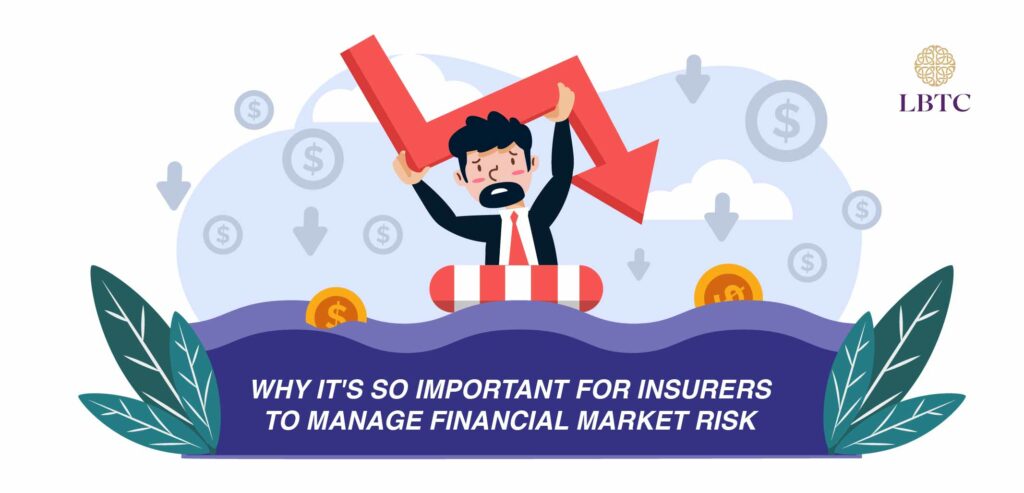
In a volatile economy, insurers cannot take financial market risk lightly. It has evolved from a secondary concern into a core strategic difficulty. At the core of this transformation lies the need to maintain maintain financial stability, comply with evolving regulation, and meet modern demands of customers all while pursuing sustainable growth.
1. Stronger Capital Management & Regulatory Compliance
Insurers can now operate under stricter capital standards. Frameworks, such as Solvency II, IFRS 17, and region-specific regimes in Asia (e.g. K‑ICS, HKFRS 17, Japan’s ESR) require a precise “mark-to-market” method. It is where assets and liabilities are bid against current financial conditions not the past performance. As market ups and downs impact the solvency ratios, insurers must outfit both capital and actuarial teams with capabilities akin to investment bankers. In effect, actuarial teams must be adept at understanding bond market trends, yield curves, and counterparty credit risk.
2. Designing Retirement Solutions
Asia’s ageing demographics mean massive gaps in retirement savings are looming. Swiss Re forecasts a $483 trillion shortfall globally by 2050, with Japan, China, and India set for steep rises. Insurers are responding with investment‑led protection products that mix income, longevity coverage, and safety. But launching such products means taking on substantial financial market risk—from interest rate swings to equity volatility. Those capable of managing that risk effectively gain a real competitive advantage.
3. Reducing Earnings Volatility
In practice, this means reducing the highs and lows in annual reported earnings. Financial market movements can swing investment income dramatically, impacting shareholder perceptions and executive compensation. Through structured reinsurance and hedging, primary insurers can smooth yields and avoid sharp capital drawdowns.
4. Scenario Planning: Staying Ahead of Shocks
Modern insurers embrace scenario analysis, modelling recessions, rate shocks, pandemics, or inflation spikes. Training across teams—much like the depth offered by a good transport management course, which spans logistics, systems and risk—ensures insurers can respond nimbly to unfolding market challenges.
5. Maintaining Market Share & Innovation
Insurers that cannot manage financial-market risk may end up sidelined. Without it, product offerings fall behind and customers shift toward providers capable of combining protection with stable returns. That leaves poorly equipped insurers vulnerable to solvency stress and diminished market standing.
Conclusion: A New Era of Insurance Strategy
Financial market risk isn’t peripheral—it’s central. Proper management supports capital resilience, regulatory compliance, earnings stability, and product innovation. Partnering with experienced reinsurers, embedding cross-disciplinary training, and using scenario models lets insurers turn market volatility from a threat into an advantage.
For professionals or students considering their next step, a transport management course provides a useful parallel in learning how logistics firms organise risk, integrate systems, and collaborate across teams—demonstrating that structured risk management is universally valuable across industries.

Leave a Reply